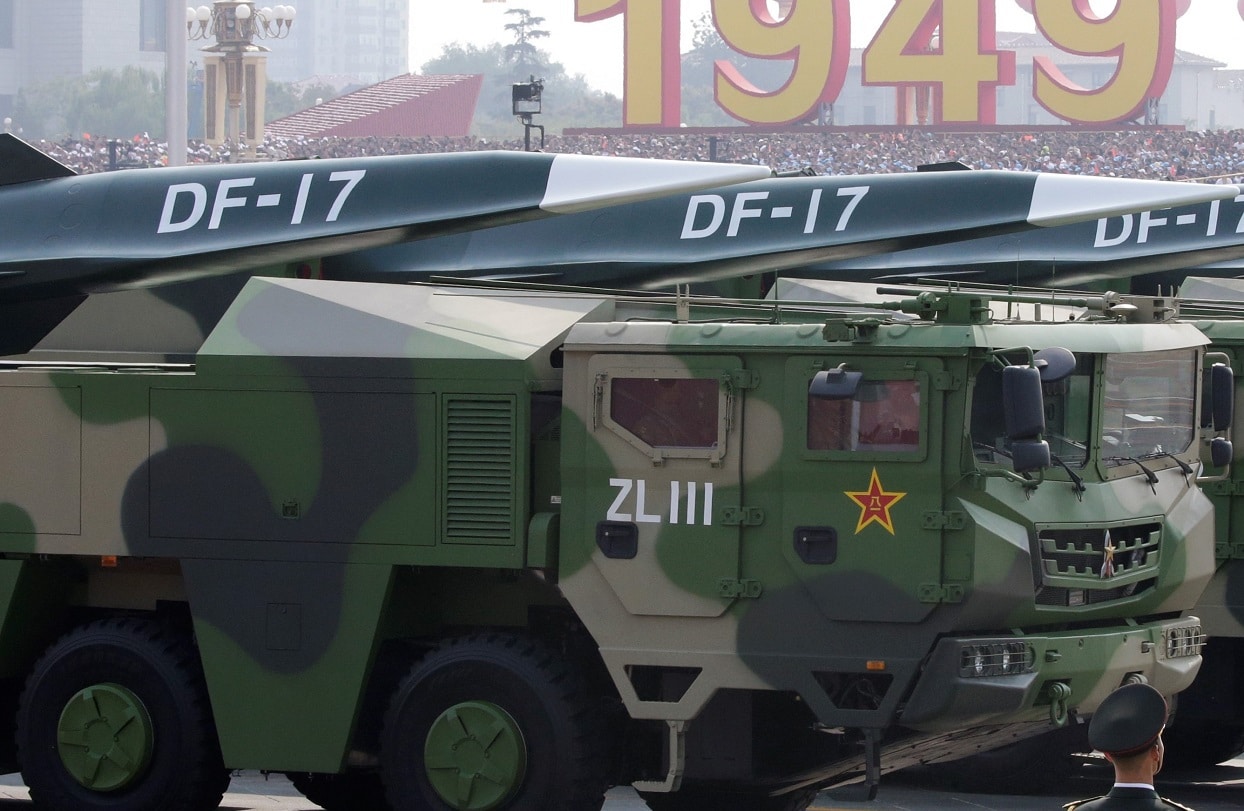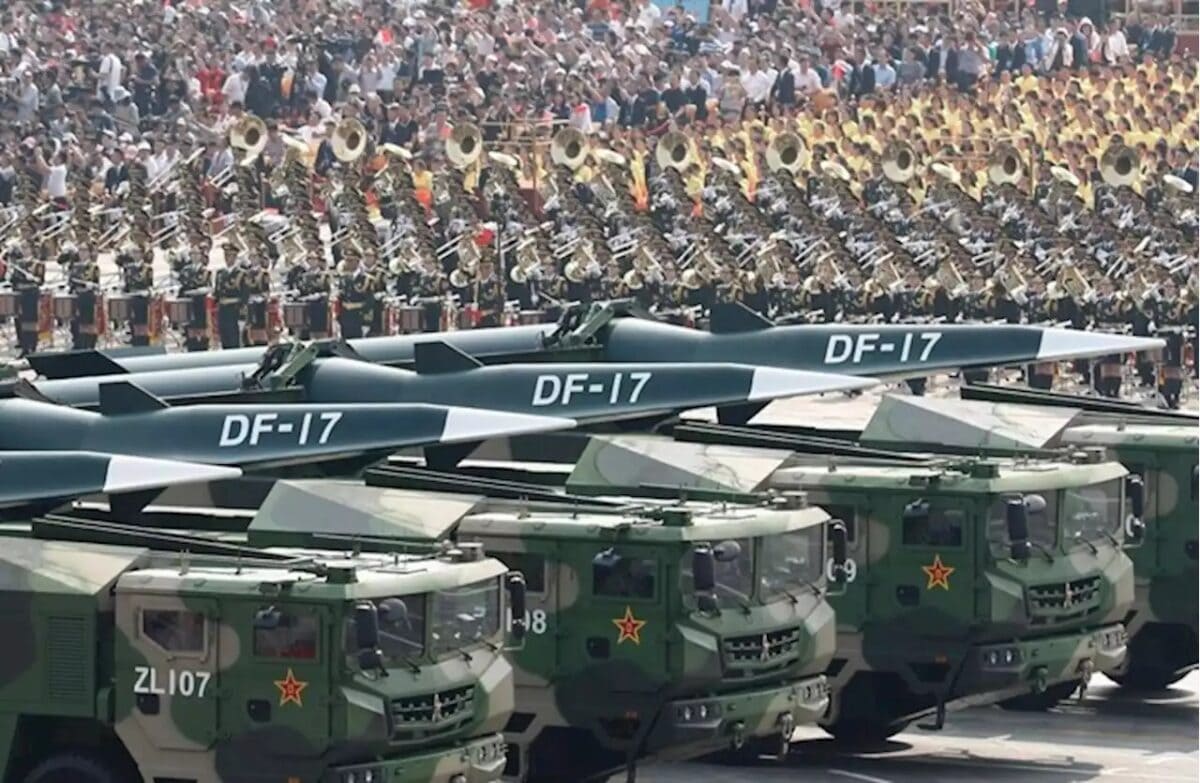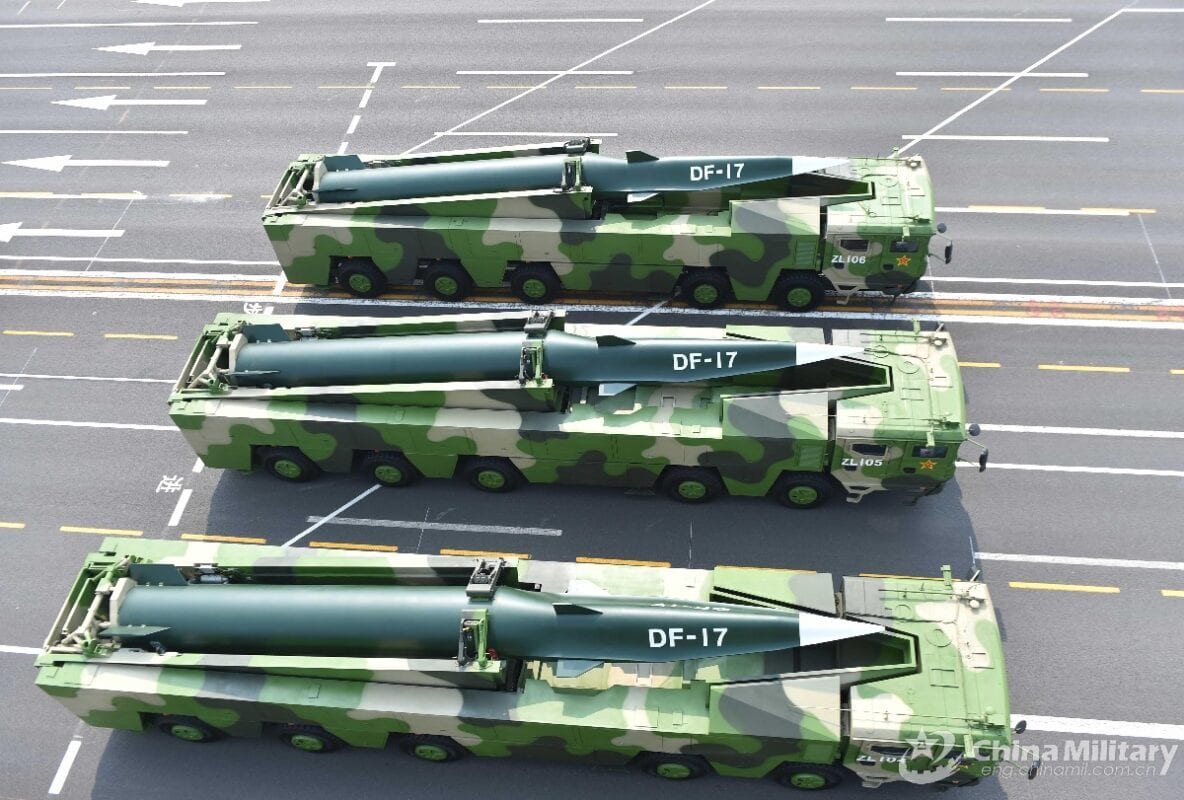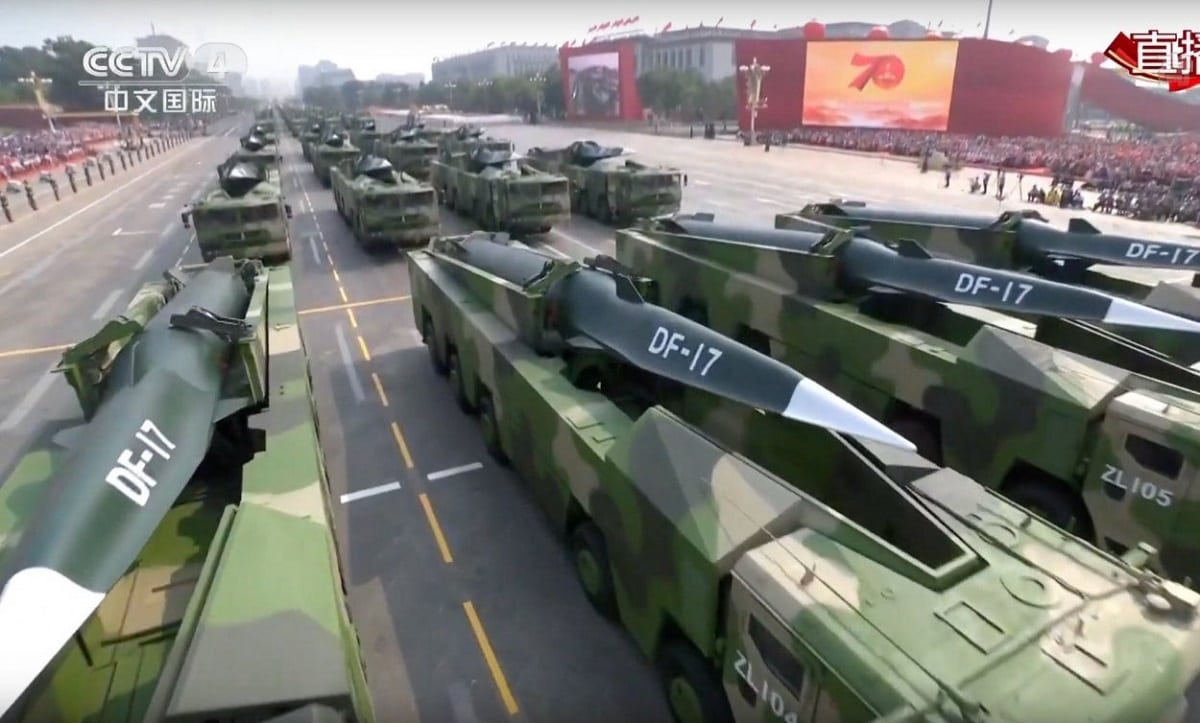James Holmes

Over at the Financial Times (hat tip: Tyler Rogoway, the WarZone), Demetri Sevastopulo and Kathrin Hille break the news that China tested a “fractional orbital bombardment system” last August. Such a hypersonic weapon can travel intercontinental distances and maneuver to evade anti-missile countermeasures. It might even elude detection altogether. The implications for U.S. nuclear strategy, premised as it is on early warning and response, could prove profound.
China’s Nuclear-Capable Hypersonic Missile: What We Should Think
Three quick points: One, never discount a rising challenger’s potential to spring a technological surprise of substantial amplitude. The Imperial Japanese Navy managed to develop shallow-running torpedoes suitable for use at Pearl Harbor, whereas the U.S. Navy dismissed such a prospect. Until December 7. Hostile weapon systems are black boxes in peacetime. It verges on impossible to peek inside a black box to determine how well a weapon will perform under combat conditions.
This makes peacetime net assessment a trial. The trick is to afford a rising competitor due respect while refusing to buy the hype until the evidence is in. And that competitor has every incentive to conceal its capabilities, or to disclose elements of its capabilities selectively to telegraph a message about its technological prowess. It enhances its capacity to deter or coerce, and thus to prevail without a fight. The implications for China are plain. If the Chinese Communist leadership wants to deter U.S. intervention in the Taiwan Strait, the South China Sea, or the East China Sea, displaying a nuclear strike capability impervious to U.S. countermeasures is one way to do it.
What’s not to love if you’re Xi Jinping?
Two, the test could be much ado about something serious. Competitive strategies are the art and science of fielding affordable weapon systems to which an adversary feels compelled to respond, even at a steep cost to itself. If one contender competes at low cost and its opponent at high cost, it drains the opponent’s resources while imposing opportunity costs on it. If the People’s Liberation Army (PLA) soon possesses a working orbital bombardment system, and if the Pentagon resolves to develop countermeasures, the effort promises to consume massive resources and intellectual energy. Those are resources that can’t go to other worthwhile enterprises.
Unless Congress is prepared to boost defense budgets substantially—a doubtful prospect of late—adapting to China’s new hypersonic project could sap resources from, say, efforts to bulk up the U.S. Navy fleet. Xi smiles once again.
But three, to what extent would a PLA fractional orbital bombardment system really change the dynamics of nuclear deterrence? The answer is less clear than it might seem. The logic of mutual assured destruction holds that both contenders will suffer unbearable damage from a nuclear exchange, and thus will both be deterred by the specter of atomic Armageddon. China long contented itself with a “minimal” deterrent force. Although it is determinedly building up its nuclear deterrent, it remains far behind the United States in numbers of payloads and delivery systems. Orbital bombardment—a capability guaranteed to strike home in wartime—could constitute the PLA’s great equalizer.
China’s Nuclear-Capable Hypersonic Missile: No Reason To Panic
Even so, an invulnerable second-strike capability—the ability to ride out an enemy first strike while retaining sufficient weapons to launch a devastating counterstrike—is the core of mutual assured destruction. From time to time experts on undersea warfare speculate that gee-whiz technology may soon render the oceans and seas transparent to sensors, imperiling submarine fleets—including U.S. Navy nuclear-powered ballistic-missile subs, the backbone of America’s second-strike capability. Thus far, though, subs have remained immune to high-tech detection, tracking, and targeting.
What can’t be found can’t be easily destroyed. Nuclear deterrence appears intact as well. Xi frowns.


Chinese DF-17 missiles. Image: Chinese internet.

Such are the vagaries of strategy in the second nuclear age. More and more competitors of different shapes, sizes, and strategic cultures join the nuclear-weapons club, complicating the geometry of deterrence. And as newcomers join the club, oldtimers from the first nuclear age, a.k.a. the Cold War, ponder whether to reduce, hold static, or expand their nuclear inventories.
Asymmetry and complexity abound.
And yet. Strategy is a process of interaction among antagonists bent on imposing their will on rivals, preferably without resorting to armed force, but resorting to force should they feel driven to it. A seesaw, back-and-forth dynamic characterizes strategic competition as the parties to the competition try to outdo one another. China’s nuclear-capable hypersonic missile appears impressive from the sketchy information available to date.
There is no cause for panic. Let’s think strategically, allocate resources, and reply to the China challenge.
No comments:
Post a Comment